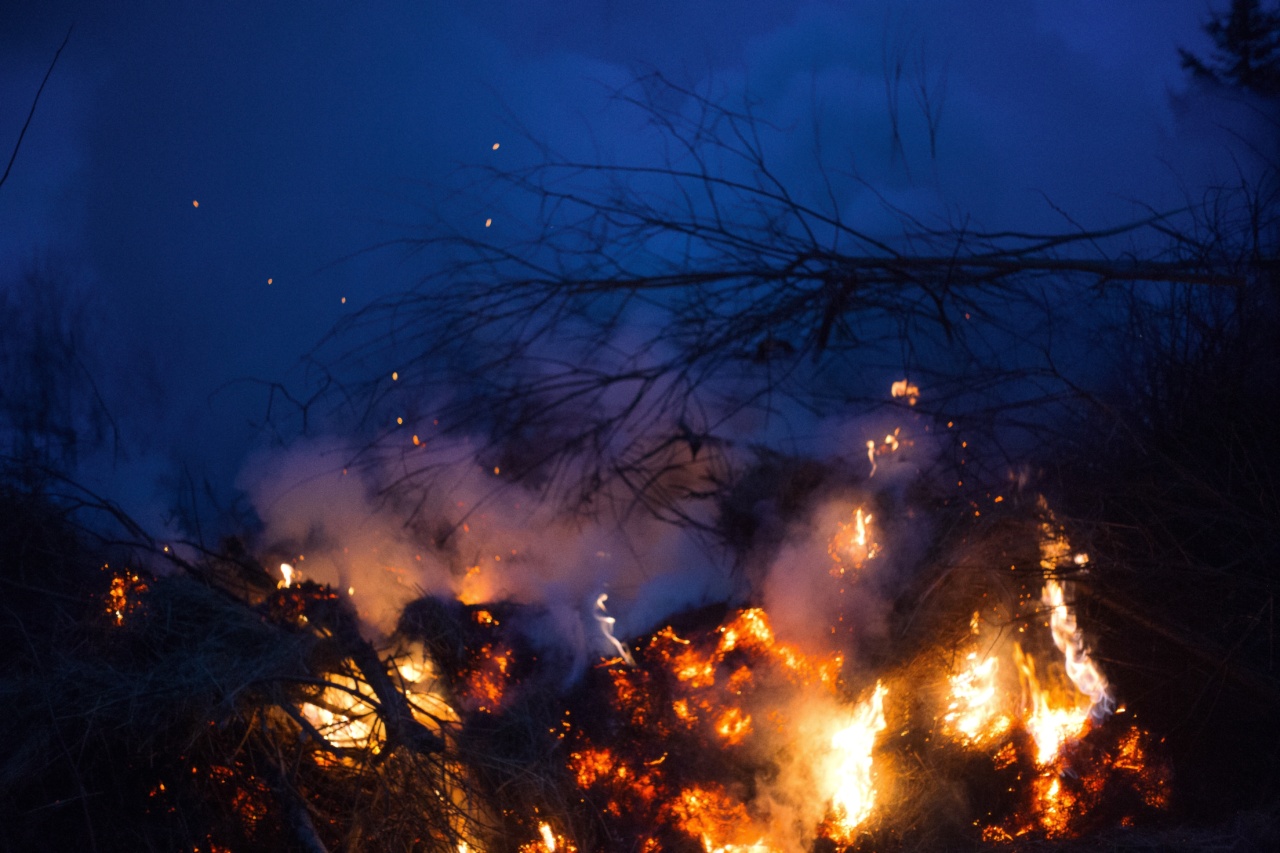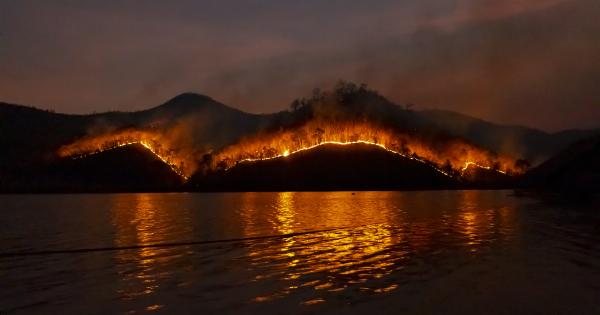Woods fires can be both natural and man-made. When they occur, they release particulate matter into the air, causing air pollution that harms our lungs.
Air pollution is a major health concern globally, and it causes many health problems, including respiratory problems like asthma, chronic bronchitis, and emphysema, as well as heart disease, lung cancer, and stroke. For this reason, it is essential to understand how woods fires pollute and harm our lungs.
What are Woods Fires?
Woods fires are fires that burn trees, shrubs, grasses, and other vegetation. They can be natural or man-made, but both types release particulate matter into the air, causing air pollution.
Natural woods fires occur when lightning strikes or when the fuel, such as dried leaves or branches, is dry enough to ignite. Man-made woods fires, on the other hand, are caused by human activities such as campfires, fireworks, and burning trash.
How do Woods Fires Pollute the Air?
Woods fires pollute the air by releasing particulate matter into the atmosphere. Particulate matter is made up of tiny particles of ash, soot, and other pollutants that are suspended in the air.
When we inhale these particles, they can get lodged deep in our lungs, causing a variety of health problems. Fine particulate matter, or PM2.5, is especially harmful because it can easily enter our bloodstream and cause damage to our organs.
What are the Health Effects of Woods Fire Smoke?
Woods fire smoke can cause a range of health effects, including:.
- Eye, nose, and throat irritation: Woods fire smoke irritates our eyes, nose, and throat, causing stinging, burning, and a general discomfort.
- Respiratory problems: Woods fire smoke can cause respiratory problems such as coughing, wheezing, and shortness of breath. People with asthma or other respiratory problems may experience more severe symptoms.
- Heart disease: Woods fire smoke can contribute to heart disease by increasing the risk of heart attack and stroke.
- Lung cancer: Woods fire smoke contains carcinogens that can increase the risk of lung cancer.
These health effects can be immediate or long-term, and they can vary based on the intensity of the fire and the amount of exposure.
What Can We Do to Protect Our Lungs?
There are several ways we can protect ourselves from the harmful effects of woods fire smoke:.
- Stay indoors: If your area is affected by woods fire smoke, it is best to stay indoors with windows and doors closed. Use air conditioning to keep the indoor air clean.
- Avoid outdoor activities: If you must go outside, try to avoid strenuous activities that can cause you to breathe faster. This will increase your exposure to particulate matter.
- Wear a mask or respirator: A mask or respirator can help filter out particulate matter. Look for masks that are certified by the National Institute for Occupational Safety and Health (NIOSH).
- Keep your indoor air clean: Use an air purifier to keep the indoor air clean. Make sure to change the filter regularly.
Conclusion
Woods fires can be both natural and man-made, and they release particulate matter into the air that can harm our lungs and cause a range of health problems.
To protect ourselves, it is essential to stay indoors with windows and doors closed, avoid outdoor activities, wear a mask or respirator, and keep our indoor air clean. By taking these steps, we can minimize our exposure to woods fire smoke and protect our lungs.




























